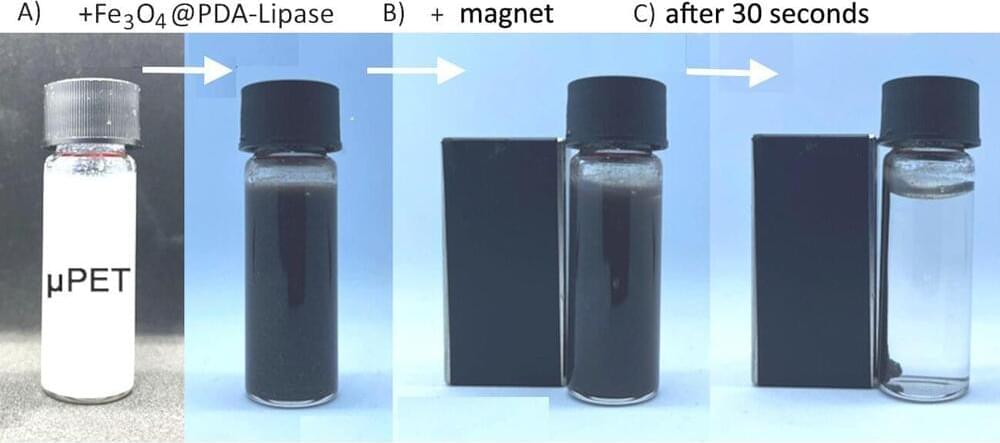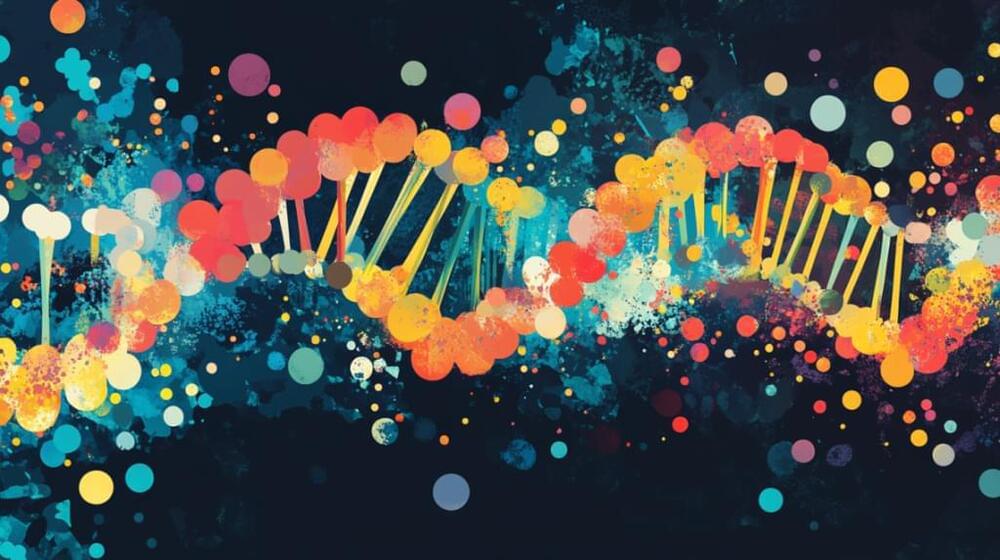
For example, enhancers (DNA segments that promote gene expression) and gene promoters (regions that initiate transcription) can interact more readily in open, accessible regions of chromatin.
On the other hand, DNA in tightly packed chromatin regions remains less active. Through analyzing these contact points, researchers have developed models to map chromatin configurations across various species, such as humans, mice, birds, and more recently, turtles.
In a recent paper published in the journal Genome Research, Valenzuela’s team described the chromatin arrangement in the genomes of two turtle species, the spiny softshell and northern giant musk turtles, uncovering a structure previously unobserved in other organisms.


















